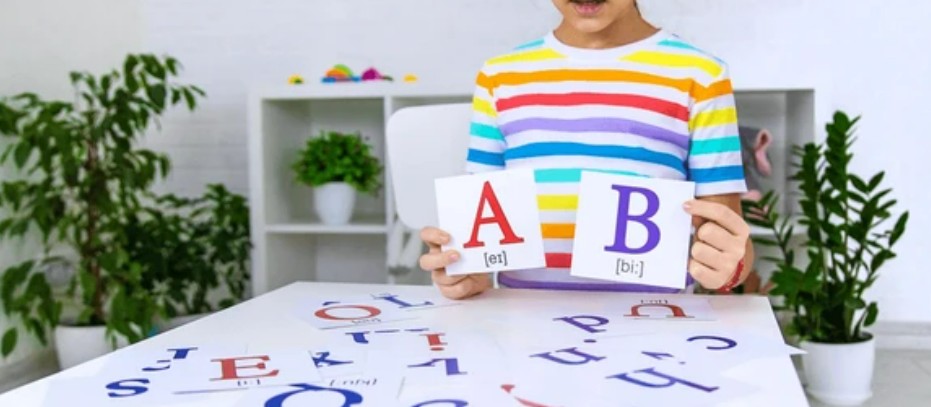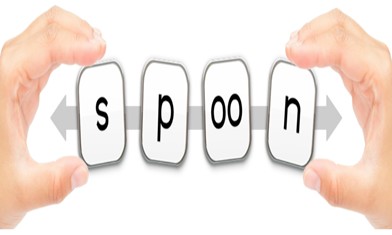Why Speech to Print is Best

Why Speech to Print is Best: As lifelong learners, we have an appetite for the very best practices of teaching. Today, let us explore the peak of phonics teaching methods: speech to print phonics. This is a steadily evolving method which represents a leap forward in the effective teaching of phonics to early learners.
Phonics of course is the relationship between the letters or spellings (graphemes) of written language and the individual sounds (phonemes) of spoken language. Think of phonics as a two way bridge that connects spoken to written language and vice versa in a reciprocal way.
In a traditional sense, the print to speech method of literacy teaching has been the popular go-to strategy for teaching phonics.
Here we make a case for the speech to print method of phonics instruction. We will argue that sound to print phonics instruction is more cognitive load friendly, and aligns closely to Rosenshine principles of best practice literacy instruction.
Why Speech to Print is Best - Sophisticated Phonics
A key difference between print to speech and speech to print phonics methods lies in the order of language interaction.
While print to speech starts with letters and words and then moves onto sounds and spoken language, the speech to print reverses this.
Speech to print methods are more in line with how kids learn language. It begins with the fullest and most natural part of human language: speech. And speech to print is exactly that - matching simple speech sounds (initially) to individual letters in a truly bottom up method of teaching phonics.
At the heart of speech to print phonics is adherence to the research implications of cognitive load, which informs us that working memory is a limited storage system, and for effective learning to take place, cognitive overload must be prevented.

In speech to print phonics, teacher instruction begins with speech sounds (phonemes), familiar and natural to the child's ear.
During a speech to print lesson, instructions are embedded in simple language and lessons logically and systematically progress from simple to more complex content, but following a strict scope and sequence.
This strategic delivery of instruction eliminates confusion and enhances understanding which leads to students experiencing success early on their path to mastery.
The invaluable link to oral language makes speech to print phonics easily relatable to children, thus lessening cognitive load.
We lay the foundation to effective teaching of alphabetic code knowledge by tapping into students' prior knowledge of phonemes and language patterns and then before linking these sounds to respective spellings in written language.
Why Speech to Print is Best - Doesn't Rely on Spelling Rules
This method of linking speech sounds to graphemes/spellings effective blending, the skill of pushing individual sounds together to make a word, for instnce, /m/ /a/ /t/ - mat.
Since learners are already familiar with speech sounds they utter daily, blending words becomes a relatively easy task.
In contrast to the print to speech methods of teaching phonics, speech to print methods of teaching does not rely on spelling rules.
Instead, it upholds that the almost countless exceptions to spelling rules can only unnecessarily complicate instruction, overwhelm working memory and hinder the learning process for many students, particularly those students with weaker working memories.

The speech to print method of phonics instruction represents not just best practice, but the future of effective and time efficient phonics instruction built largely on recent understanding of brain science and how we learnt to read..
It is a modern approach that takes into account the mental and cognitive resources of young learners. Speech to print methods do this while attending to the fundamental strength that all early learners bring to learning: prior knowledge about speech and language use.
Why Speech to Print is Best - Fast Pace and Highly Rewarding
The use of speech to print phonics in the classroom, done with fidelity, is both effective and practical. The blend of auditory and visual learning strategies caters to diverse learning needs and ensures a more comprehensive and understandable delivery of phonics lessons.
Facilitated through engaging activities such as word construction exercises, phoneme manipulation tasks, and dictation, supported with the effective use of mini whiteboards, speech to print phonics is an interactive, fast paced and highly rewarding method of teaching phonics.
This helps to create a positive teacher led learning environment, which further enhances the learning experience for early years students.
In the quest to deliver quality education, it is reassuring to discover teaching strategies and guidance such as speech to print phonics that draw upon modern scientific insights about how the brain learns to improve student outcomes.
It is a set of teaching principles that combines theory and practice efficiently to build successful readers from the ground up from the very beginning of early years.
Why Speech to Print is Best - Summary
Consider embracing the speech to print phonics method as a cornerstone of your school's teaching pedagogy.
This is not just about teaching phonics; it’s about teaching phonics effectively and well, in a way that takes into account the limitations of working memory and aligns with Rosenshine principle of effective teaching practice.
This forward-thinking approach achieves its aims of improving student reading and reading comprehension outcomes by removing the cognitive load that often comes with learning phonics.
What we offer our students in return is a chance to acquire learning that is constant, predictable, and aligned to their natural speech and language development.
Let us reiterate this essential truth; teaching phonics is not just about letters and sounds, but about how we build those connections.
It is clear then that speech to print phonics - with its deep roots in cognitive science and its use of oral language and prior knowledge - is indeed a modern, constantly evolving, and effective method of instruction. Here's to future-proof teaching and higher learning outcomes!
References:
Dehaene, S. (2009) Reading in the Brain: The New Science of How We Read. Penguin
McGuiness, D. (1997) Why Children Can't Read: And what We Can Do About It, Penguin Books
McGuiness, D. (2004) Early Reading Instruction: What Science Really Tells Us about How to Teach Reading, A Bradford Book
Updated: 12/2023
